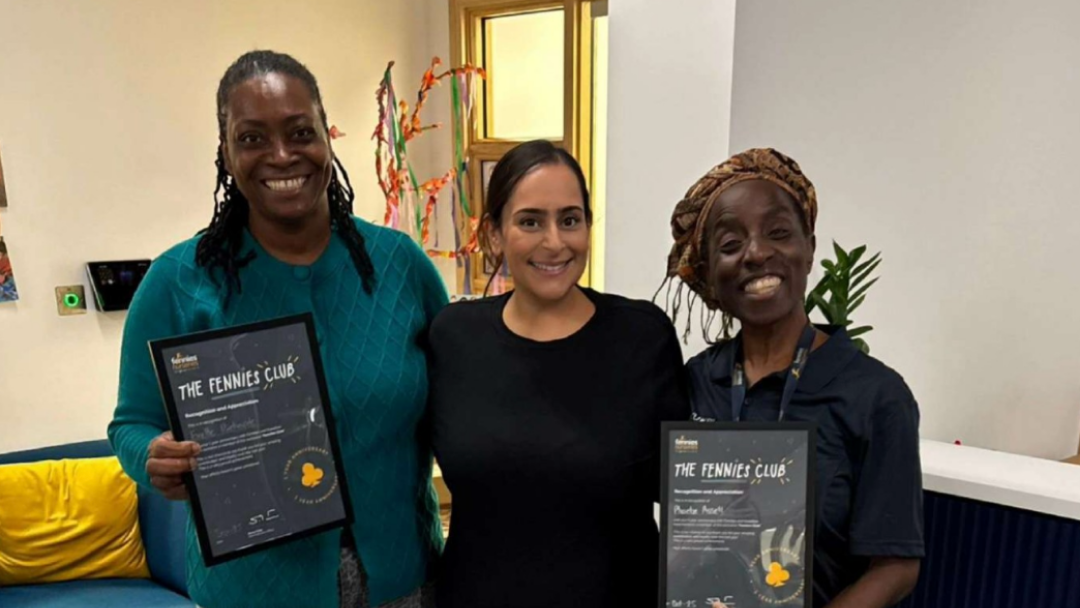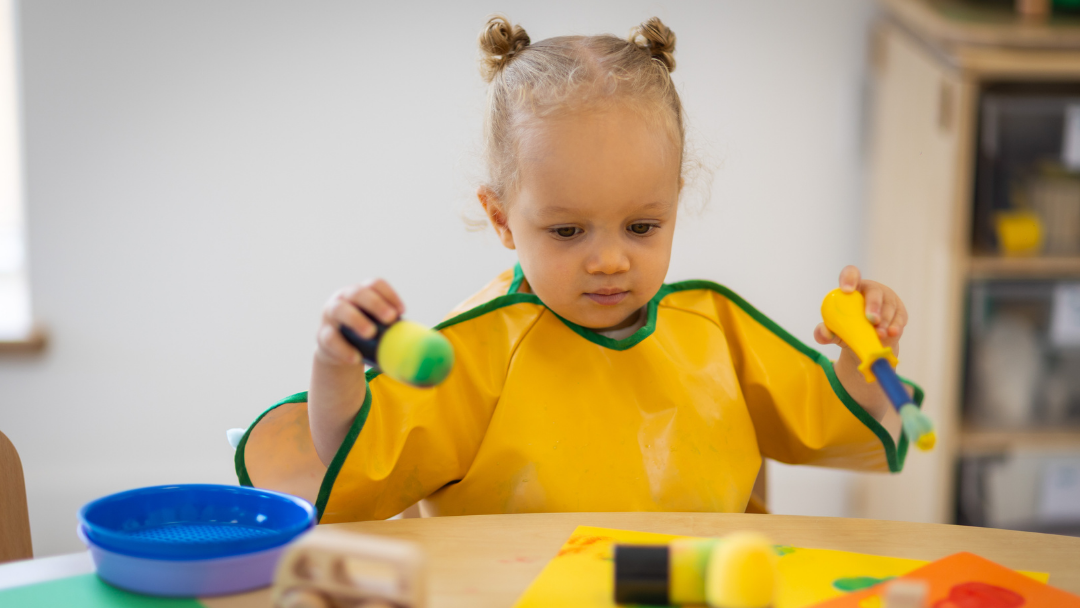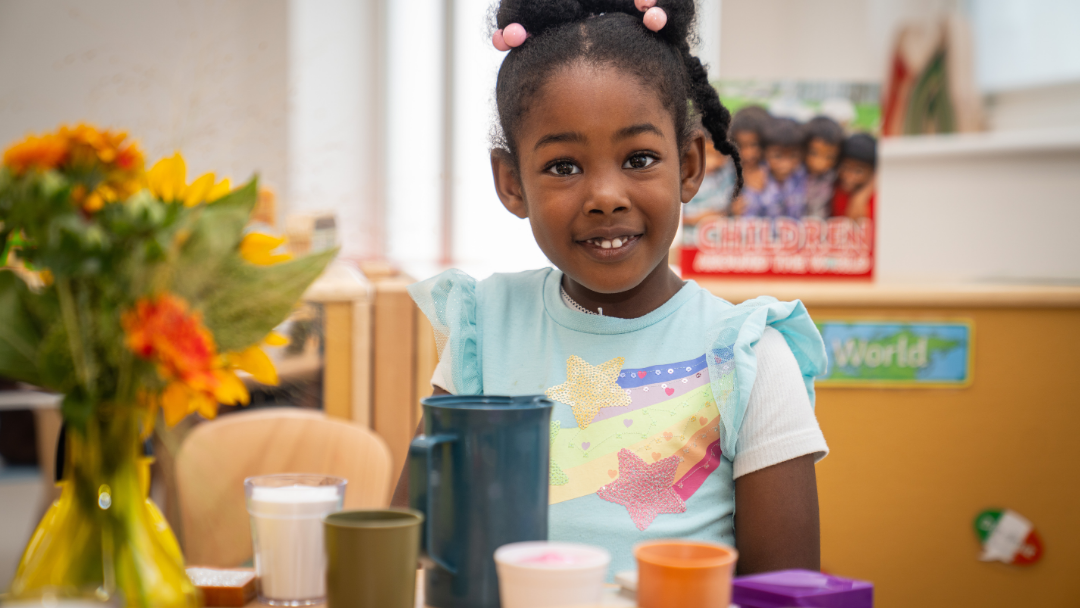From birth, children are designed to use their senses to explore the world around them. Therefore, sparking their natural curiosity through sensory play in the early childhood is essential for development.
What is sensory play?
Sensory play is the exploration of anything which incorporates a combination of stimulating any of a child’s five senses including sense of touch, smell, taste, hearing, and sight. For babies and toddlers, the more senses that are being stimulated at once, the easier it is for them to start building their interpretation of the world.
Use of sensory play promotes the Prime areas of Learning and Development listed within the Early Years Foundation Stage (EYFS); communication and language, physical development, and personal, social, and emotional development.
Benefits of sensory play
Brain development
New experiences are essential for building babies’ brain development. Using their senses builds nerve connections in the brain as well as strengthening already established ones supporting their cognitive development. Taking in these new experiences during sensory play, helps create a strong foundation to build all of their future learning experiences as they grow, enabling children to develop problem-solving skills and the ability to process increasingly complex learning tasks. When young children learn new information using their senses, they are able to engage with and retain this information more effectively.
So, what are the benefits of sensory play? Sensory play helps children learn by exposing them to a variety of experiences that allows their brains to develop the correct sensory processing capabilities. Many of these capabilities develop optimally within the early years, which is why stimulating these senses through play is crucial for babies and toddlers’ brain development.
“Sensory play allows children to explore and experiment with different materials through fun activities, which supports their learning and development. At Fennies, we recognise the importance of sensory play and provide a variety of sensory play activities in all our rooms which support the characteristics of active learning and creating and thinking critically.” Ruth Mottram Tweet
Sensory play is a great opportunity to enhance your child’s communication and vocabulary by introducing descriptive words like “cold,” “soft,” “sweet,” and “firm” which supports language development and cognitive growth.
Physical development
Babies and toddlers are wired to explore. Sensory play provides them with the opportunity to capture this natural curiosity and develop a love for learning in early childhood.
The importance of sensory play filters through to physical development, during tactile sensory play activities, young children familiarise themselves with objects through touch. They stimulate their senses through play by squeezing, moulding, pulling, and shaping which helps develop their fine and gross motor and problem-solving skills.
For example, think about all the strength it would take a young child’s small hand to manipulate and squeeze play dough into shape. The more these motions are repeated, the stronger their muscles in their hands and arms become. Think of it as a baby gym! In time this development can lead to supporting your child’s balance and coordination.
It’s beneficial to incorporate messy play in sensory activities to help stimulate your child’s senses. By using their hands to explore different textures and temperatures, your child is opening their brain to a multitude of learning benefits and fine-tuning those crucial motor skills.

Emotional development
Sensory play supports the natural flow of physical and mental development in children but can also play a role in developing early self-regulation and calming children who experience anxiety. The benefits of sensory activities is that they are fully immersive experiences, you may have noticed at times, your baby or toddler become fully absorbed in discovering and exploring. Whilst activities like hand painting or rolling dough are great for physical development, the repetitive motions can also be a therapeutic process for young children.
One of the many benefits of sensory play is that these positive experiences can enhance your bond with your child. This also applies when children experience this with other children of their age or as part of a group and promotes emotional development and awareness and encourages communication and social interaction.

Sensory Play to try at home
One of the many benefits of sensory play is that it doesn’t have to involve expensive toys to be effective. Just think about how many times your child has been more interested in playing with a wooden spoon or set of car keys instead of an actual toy! These sensory experiences are extremely important, not to mention fun.
Sensory play includes any activity that stimulates at least one of your child’s senses, so why not take inspiration from some Fennies favourite sensory activities to ignite all the senses through taste, smell, touch, sight, and sound. Don’t forget to make sure all activities are supervised by an adult.
Sight
DIY Sensory lights
Apart from providing hours of fun, sensory light activities have been shown to build children’s social and emotional skills improving important concentration levels and calmness. Create your very own colourful light show at home with this simple activity!
You will need
- Torch
- Coloured tissue paper
- Sticky tape or elastic band
- Scissors
- Sparkly fabric (optional)
Directions
- Cut a few squares of each colour tissue paper, you may need to use a few sheets to layer on top of each other
- Attach the tissue paper to the light end of the torch and secure with sticky tape or an elastic band
- Dim the lights and turn the torches on
- Shine the torch onto the walls around you and create your very own sensory light show!
Tip: You can pop the torches under sparkly fabric for a magical, colourful light-up den.

Sound
Sound Sensory Jars
Sound and music activities introduce important skills as they develop children’s listening and communication.
Sensory sound jars are a great way for your child to explore fun new noises, the possibilities for these are endless!
You will need
- Materials to fill your jar (for example rubber bands, marbles, coffee beans, and popcorn kernels)
- A jar or container and lid
Directions
- Fill your jar (or jars) with your chosen materials
- Secure the lid tightly
- Shake!
Tip: For older children, clap a beat with your hands and ask them to repeat the pattern with their sound jar

Touch
Treasure baskets
You will need
- A low sided basket
- Materials to fill
Directions:
- Fill your treasure basket with any household items you can collect. Aim to incorporate a variety of textures such as natural materials (eg. Wooden spoons, large shells, large pebbles, a feather), fabrics (eg. Scarves and ribbons), and items to smell (eg. Spice bags)
- Lay out a blanket in a quiet space and place your baby or child next to the treasure basket
- Observe and offer encouragement as your child explores the items

Smell
Lavender Play Dough Recipe
Incorporating calming smells like lavender into activities is a simple way to relieve stress and anxiety in children.
You will need
- 4 cups all-purpose flour
- 1 cup salt
- 4 cups water
- 1/2 cup cream of tartar
- 10 tablespoons oil
- 2-3 drops of lavender essential oil
- 1/4 cup dried lavender flower buds
Directions:
- In a saucepan, mix together the flour, salt, water, cream of tartar, and oil
- Over low-medium heat, continually stir and cook the mixture until a ball of play dough is formed
- Remove play dough from the saucepan and transfer to a surface and allow to cool
- Knead the lavender oil into the dough
- Sprinkle the dried lavender buds over the play dough and knead until evenly distributed
Tip: The play dough should last a month (or longer) when stored in an airtight container between uses

Taste
Sensory Taste Test
Not only is this taste test activity an exciting sensory experience, but it’s a great way to encourage your child to try new foods!
As well as this, encouraging your child to use descriptive vocabulary about the foods they are tasting is a great way to develop their vocabulary.
You will need
- Several small spoons or bowls
- A variety of food (include at least one salty, sour, sweet, spicy, and bitter)
Directions
- Tell your child to close their eyes and ask them to choose a piece of food from the spoon
- Encourage them to take their time exploring the texture and temperature of the piece of food before tasting
- Ask your child whether they thought the food was salty, sour, sweet, or bitter or a combination

FAQ
Subscribe to our newsletter
Stay up to date with Fennies news





.png)




.png)